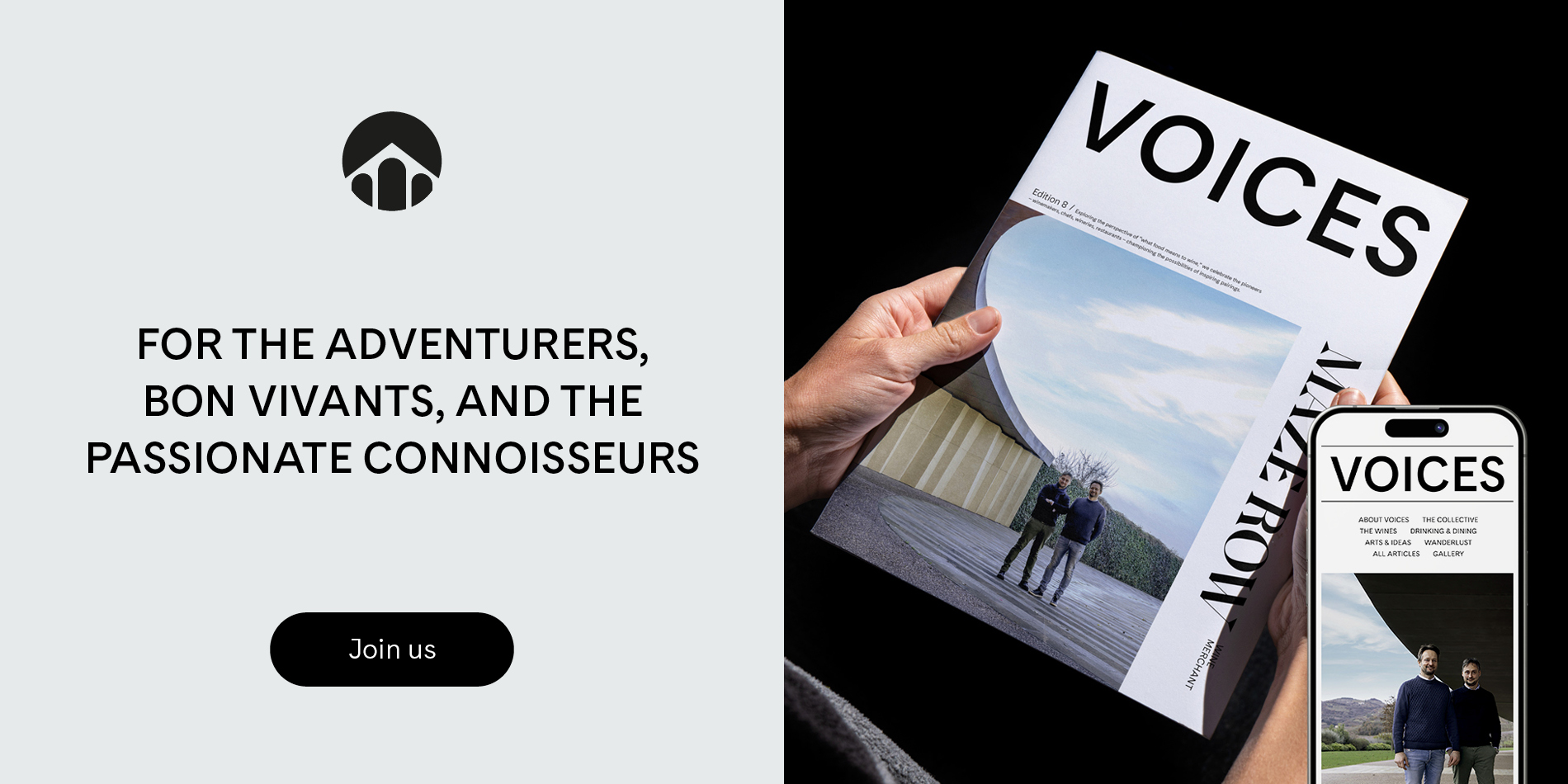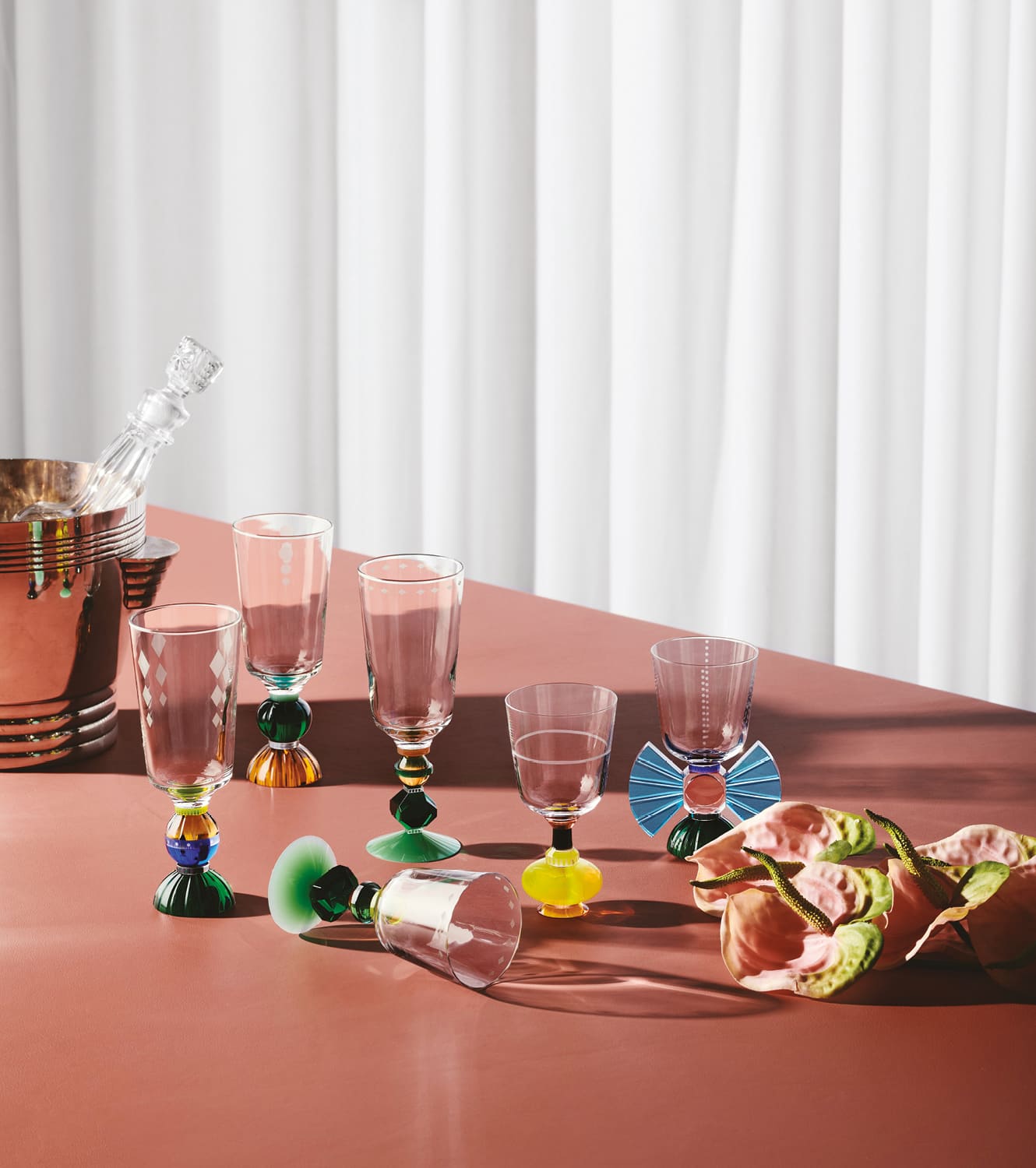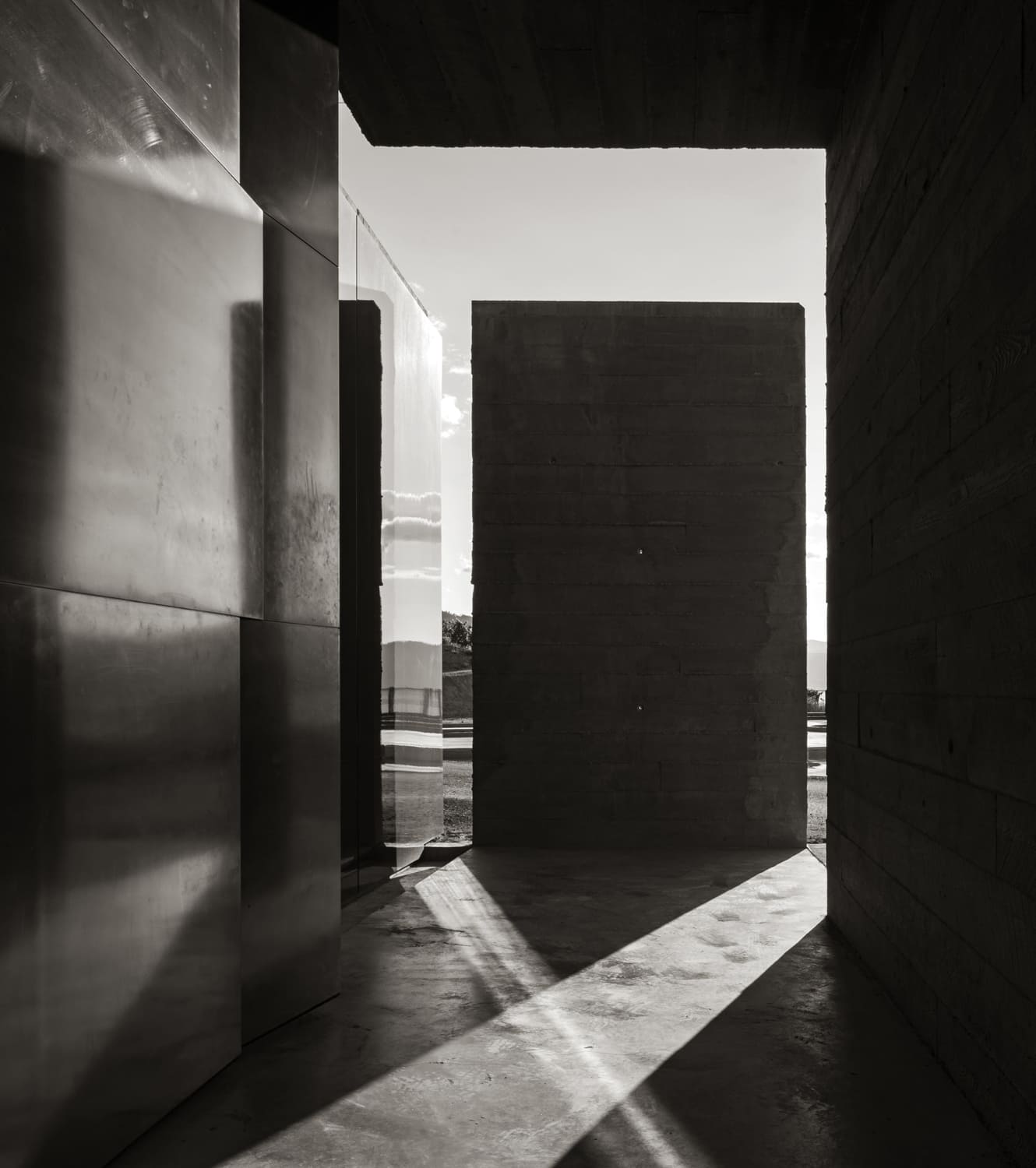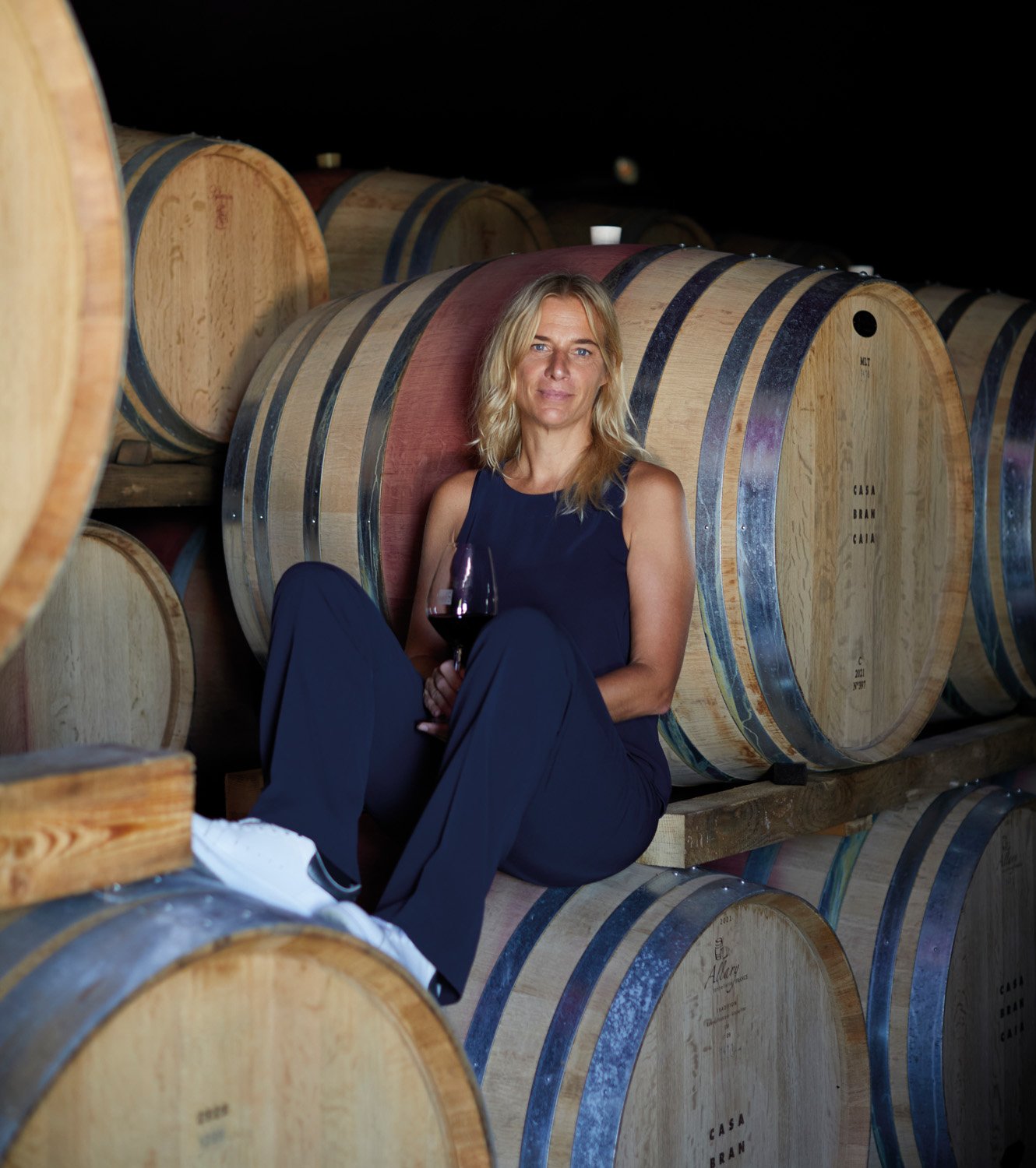
FIRST IMPRESSIONS
What does your bottle and label say about your winery? Abbie Moulton investigates how brands are rethinking packaging in terms of both style and substance
Structure, texture, balance, form. There are parallels between wine and design that traverse the liquid inside the bottle and the visuals on the outside. One can inform the other, with design as a language to communicate.
Wineries come with their own unique history, heritage, soul and story – a story told in so much more than words. For leading family-owned and run Tuscan winery Brancaia, the now-iconic label was born from a challenge. “As a Swiss family in Tuscany, we didn’t have the classical subject of the historic estate to put on the label,” explains winery owner, Barbara Widmer. “There was no tradition. And so we had to rethink design.”
The Brancaia estate in Chianti Classico was started by Barbara’s father Bruno Widmer in 1981, who applied his background in advertising and affinity with design to create the strikingly minimal Brancaia label. The design communicates beauty in its simplicity, as well as connecting with the wine inside the bottle: bold yet elegant, modern yet timeless.
Barbara Widmer, too, has a deep connection to design, with a background in architecture. “It’s inherent, once you are aware of and trained in something like that it stays with you, and informs the decisions you make on a base level.” But, she says, the two are quite different. “With architecture, things have to be precise. Whereas with wine, you are working with nature, working in harmony and balance with what nature gives you.”
This connection to nature is also inherent throughout Brancaia, rooted in the ecological practices in the vineyard, channeling through production, and then unfurling through in the color of the labels, like the earthy tones that speak of the soil. Design, like the wine, is adapted through tiny incremental changes. It’s a delicate evolution, one that happens over time, so that from the outside, it goes almost unnoticed.

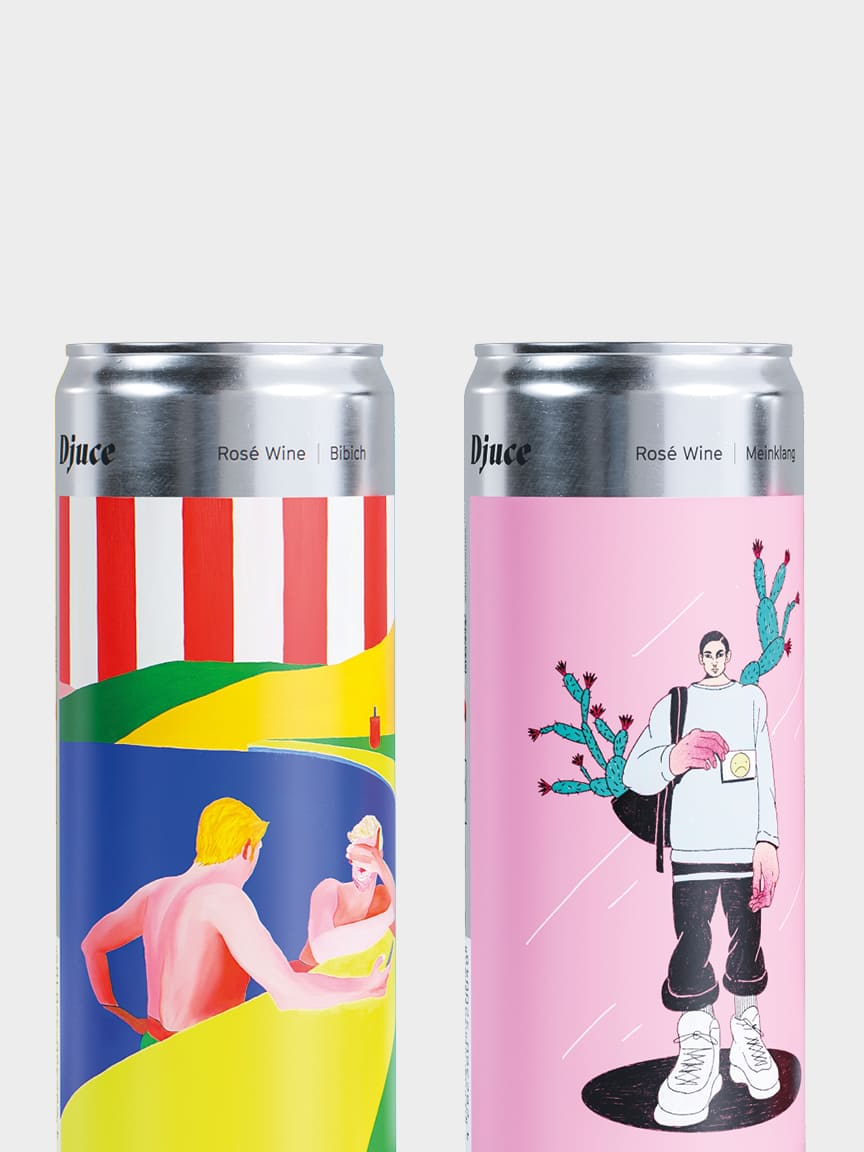
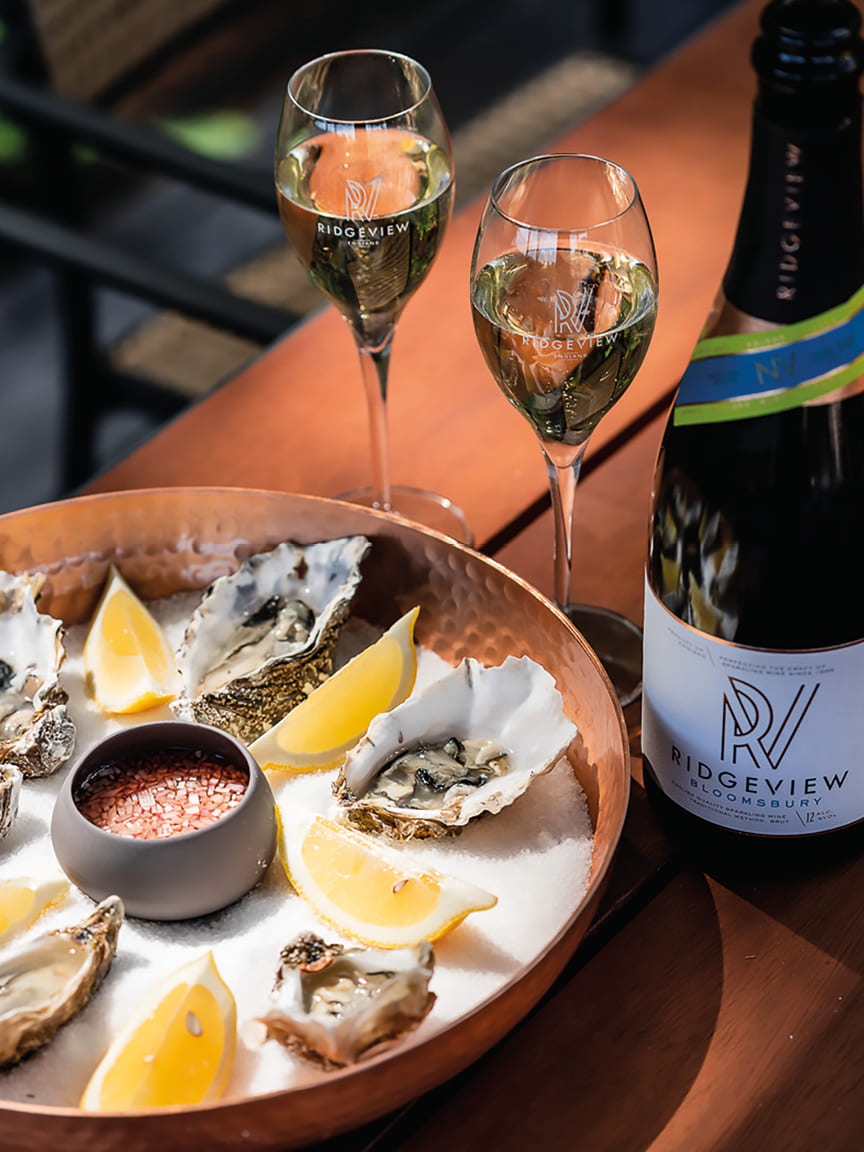
BLANK CANVAS
The label is a canvas for expression, and good design tells a story that connects to the wine, and to the customer. Today, there is no story customers are more interested in hearing, than that of sustainability. And communication brings a new challenge.
In recent decades, the sustainable aesthetic was rustic: think hemp and hessian. But as the climate crisis shifts priorities, customers are now open to new aesthetics, and even alternative formats. Brands are rethinking packaging in ways that are less impactful on the environment.
In the entry and mid-level space, this change looks radical: easy-drinking, youthful wine is being released in artfully illustrated tins, like Djuce; in bag formats, like cult Burgundian wines Le Grappin; and even in kegs. Progressive South African producer Journey’s End has developed lightweight bottles using innovative paperboard made from recyclable material.
Disruptive, non-conformist, and contemporary – while the quality of liquid inside these alternative formats is improving, and attractive design helps to shift perception, these methods still undeniably belong to the entry-level space.
How, then, might sustainability look when viewed through the lens of luxury? Widmer says, “If people are paying for a luxury product, they want to know it’s made with care. ‘Sustainability’ needs to be 360 degrees – not just about being organic or biodynamic, it’s about everything. Of course design is part of this.”
Sustainability is woven into the fabric of Brancaia, even if it’s not always visible. From a switch to natural paper, recycled materials, interrogating the glue beneath the labels and the cork closures, the differences are subtle to the naked eye. But they are products of thought, time, and consideration.
What customers can see are logos of certification, like those depicting vegan wines, and sustainable practices. The process of certification, Widmer explains, “makes you look closely at things you’d never think of. We know our wines are vegan, but there’s a difference between knowing, and proving. It involves looking at the entire supply chain.”
LESS IS MORE
Conscious winemakers are also looking at alternatives to traditional heavy glass, once a signifier of fine wine, and reducing as much as possible to minimize carbon footprint. Brancaia, committed not only to being carbon neutral, but carbon negative, has reduced bottle weight to 350 grams where possible, and has capped their bottles at a maximum of 520 grams.
Another luxury brand drastically reducing bottle weight is the B Corp-certified producer of English sparkling wine, Ridgeview. Sparkling wine, as a pressurized product, requires a level of sturdiness for safety, but even a moderate reduction makes a big difference, as Ridgeview CEO Tamara Roberts explains: “Per 100,000 bottles if we reduced the weight of the bottle from 800 grams to 640 grams, just 20 percent, we reduce the emissions from the production of these bottles by 22.5 tonnes C02e.”
“The definition of ‘luxury’ is changing,” Roberts adds. “We’re redefining what it means. To the younger generation of wine drinkers, all the cues that were once seen as luxury – ornate packaging, added extras – are no longer viewed positively. People think, ‘that doesn’t exude luxury, it exudes excess,’ and that’s not a good thing.”
As brands continue to reduce and scale back, removing foils, some forgoing labels altogether, printing directly onto the bottles, it’s becoming more about the small details, and communicating more with less. If “old luxury” was all about excess, today luxury is found in the absence. It’s what you can’t see that counts.
Photography, Jimi Hendrix ©AA Film Archive, Alamy Stock Photo. Gabriel García Márquez ©Marcello Mencarini, Lebrecht, Alamy Stock Photo. All others ©Maze Row, Amanda Barnes
We recommend
THE WHIMSICAL AND COLLECTABLES: DISCOVER THE LATEST IN GLASSWARE DESIGN
New generations are challenging traditional drinking etiquettes, as Debika Ray investigates the modern world of glassware
TOP TEN VINEYARDS WITH INSPIRED ART COLLECTIONS
From Château La Coste in Aix-en-Provence to the Donum Estate in Sonoma, Theodora Thomas selects the top ten vineyards with inspired art collections
THE ARCHITECTURE OF WINERIES
Can architecture fundamentally alter our wine experience? Some of the world’s finest wineries believe that building design can, as Jonathan Bell takes a tour
UNDER THE TUSCAN SUN
Swiss transplant Barbara Widmer has put down strong roots at Brancaia in the Chianti hills, where she aims to create wines that are an original expression of the local terroir. Nargess Banks visits the estate
